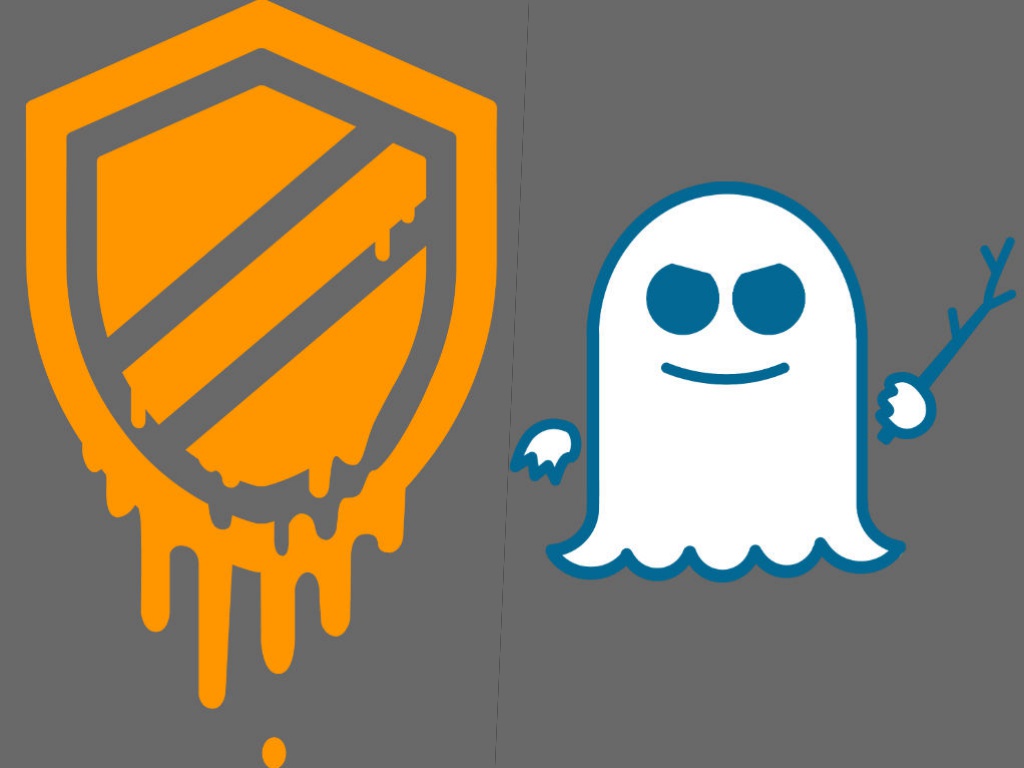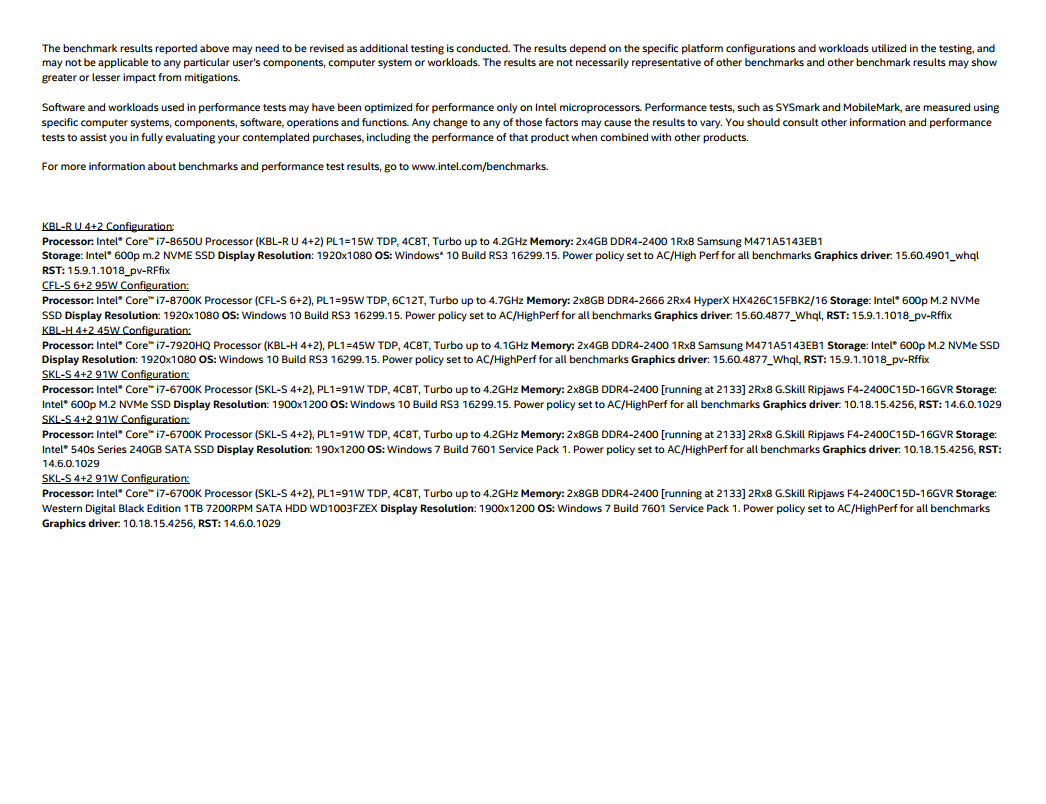

- #INTEL FAILS OUT TO SPECTRE MELTDOWN INSTALL#
- #INTEL FAILS OUT TO SPECTRE MELTDOWN UPGRADE#
- #INTEL FAILS OUT TO SPECTRE MELTDOWN WINDOWS 10#
- #INTEL FAILS OUT TO SPECTRE MELTDOWN SOFTWARE#
So the only way to avoid them (but why would you want to?), is essentially to never install another patch on Windows. It's clear what I'm after - every ounce of performance I can scrape out of the system.Īnd Correct me if I'm wrong - the patches are part of the cumulative updates.
#INTEL FAILS OUT TO SPECTRE MELTDOWN UPGRADE#
I just spent more $3000 upgrading my PC to a I9-7900 (~ $1900 AUD counting delidding), and $750 for a top end motherboard + an upgrade of my 950 pro 512 to a 960 Pro 1TB and a new 280mm cooler with Noctua NF-A14 PWM iPPC fans to keep it all cool.
#INTEL FAILS OUT TO SPECTRE MELTDOWN WINDOWS 10#
I'm surprised we haven't seen the tin foil hat group start saying this is another Microsoft/Intel collusion to force sales of Intel upgrades and Windows 10 (Though I wonder how the exploits here are going to help Intel's sales at all). Upgrade to Windows 10, as Windows <10 are being hit harder.

That cost of that across the board has got to be nothing short of phenomenal!Īnd the message seems to be clear. Pushing us back essentially two generations or down several models of CPUs. Then to have this come along and suck the very life out of our CPUs. Who buys a 6700K or 8700K when an 6400 / 8350 will for most games suffice? People bought the higher end CPUs to get performance out of them. I agree that the most serious performance issue is going to be faced by cloud providers & appliance vendors that suddenly need to add more capacity, but I think your views on security are out of step with the times.Įven if the performance hit were only two percent it's still unacceptable! Sorry to be tough, but you're new and your points read like they're straight from a script out of Intel's PR. Effective security depends on a layered approach, and without patching these vulnerabilities, it might be possible for someone to combine them with a vulnerability in a web browser to gain admin privileges. I doubt anyone who's ever been infected with malware would agree that known vulnerabilities should go unpatched. That's an interesting philosophy on security. We have already seen so many exploits and company servers being hacked to reveal customer data and even CC data.
#INTEL FAILS OUT TO SPECTRE MELTDOWN SOFTWARE#
Software issues are a far bigger concern than this. I feel that even if end users don't patch, it doesn't really matters. As incremental builds are highly I/O bound, I think the impact will definitely be significant for them. The two most relevant operations for me are web browsing (and yes, certain page loads easily spike my CPU - it's not 1995 any more) and software builds. Personally, I almost never have to wait for my productivity apps, but then I'm a pretty light-weight user of such programs. Hence, I would say it will affect enterprise and data centers rather than end users. "do I sit around, waiting for the computer to do media creation, productivity, etc.?"). While it's true that not everyone needs a high-end rig, it's really up to the user to decide whether a benchmark is relevant to them (i.e. Unless you have some information about why the benchmark fails to reflect that, then I think it should be taken at face value.Īs for the other tests, they're designed to reflect various other situations where the computer's performance is noticeable by users. So, a well-designed "Responsiveness" test should serve as an indication of how responsive the system feels. I think the point of these benchmarks is to show the user-perceivable impact.

So, that's why it's good we now have data.Īlthough it does shows 14% impact for office applications, most of these users are just using word, excel,, insignificant (CPU is idle most of the time). IF you are using the computer for gaming, youtube, facebook and surfing internet. IMHO, how it impact users depends on what the computer is used for.


 0 kommentar(er)
0 kommentar(er)
